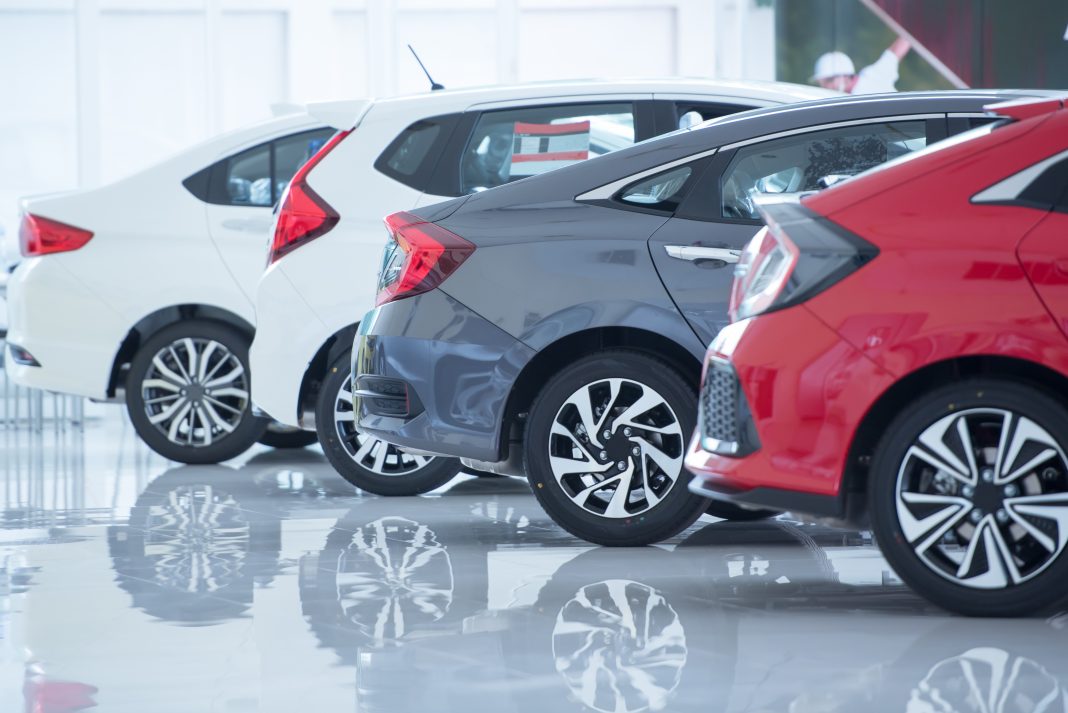For the eighth straight month, the average transaction price for new vehicles in the US hit never-before-seen territory while incentives dipped to historic lows. Kelley Blue Book is reporting that new prices are significantly higher than the same time last year, commanding 13% more per unit than in November 2020.
Across the industry, the average transaction price reached $46,329 per unit, jumping more than $300 over the previous month’s figures and nearly $5,300 more than a consumer would pay for the same vehicle twelve months earlier. As a whole, ATPs are 13.2% higher over the past year.
| Related: General Manager Danny Zaslavsky discusses buying inventory from private sellers |
Not only are prices higher than the same time last year, but car buyers are paying above sticker price, on average. For mass market non-luxury vehicles, KBB found that the ATP is $900 higher than the MSRP stated on the sticker. For luxury models, it extends slightly further to $1,000 over MSRP.
With the auto industry still reeling from supply chain shortages, elevated prices don’t come as a shock. A Goldman Sachs report estimates that the global chip shortage could stretch into 2023, deepening the supply shortage while the demand has been only moderately dampened. Eager car buyers aren’t being deterred by the prices commanded for new cars.
Cox Automotive analyst Kayla Reynolds said, “High prices and limited choices likely are keeping many car buyers on the sidelines. It’s still a seller’s market, and we don’t expect things to change anytime soon. However, with high prices being the norm right now for both new and used vehicles, that means trade-in values are very favorable and can help soften the blow for consumers as they purchase their next vehicle.”
Used car prices hit record wholesale prices
 Demand continues to extend beyond new cars. With dealer lots depleted of both new and used cars, stocking up on inventory is costing more per unit. The Manheim Used Vehicle Index for November 2021 rose a relatively small amount month over month – just 3.9% from October’s levels, but that once again sets a new record. Astoundingly, wholesale prices are 43.5% higher than the same time one year ago.
Demand continues to extend beyond new cars. With dealer lots depleted of both new and used cars, stocking up on inventory is costing more per unit. The Manheim Used Vehicle Index for November 2021 rose a relatively small amount month over month – just 3.9% from October’s levels, but that once again sets a new record. Astoundingly, wholesale prices are 43.5% higher than the same time one year ago.
Those prices are obviously passed along to consumers who, in many instances have been paying more for a nearly new used car than MSRP. But there might finally be good news in sight for car shoppers.
On Dec 7, Cox Automotive’s Jonathan Smoke inferred that the ceiling may have been reached, tweeting, “Wholesale prices appear to have peaked the week before Thanksgiving as weekly prices have declined slightly in each of the last 2 weeks. But retail prices continue to increase.”
It’s expected that retail used car prices will set another all-time high for November 2021.
The pricing records for used cars show signs they are stabilizing. Inventory levels are normalizing to pre-pandemic levels – strictly on the used car side – with vAuto reporting that used retail supply at the end of November sat at 49 days, five days higher than normal. Wholesale supply ended the month at 29 days, six days above the normal level.
Continued profitability for auto retailers
For both the new and used markets, record sales prices continue to translate into record profits. Per-unit gross is above $5,000 with front- and back-end figures together, and demand for almost every segment outpaces the rate dealers can obtain inventory. It’s likely to be many months of business trending like this before business returns to a less feverish pace, but it will probably never return to the same form as pre-pandemic.
Did you enjoy this article from Jason Unrau? Read other articles on CBT News here. Please share your thoughts, comments, or questions regarding this topic by submitting a letter to the editor here, or connect with us at newsroom@cbtnews.com.
Be sure to follow us on Facebook and Twitter to stay up to date or catch-up on all of our podcasts on demand.
While you’re here, don’t forget to subscribe to our email newsletter for all the latest auto industry news from CBT News.









